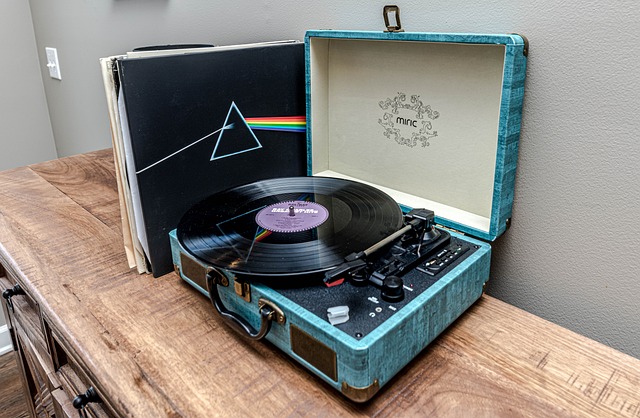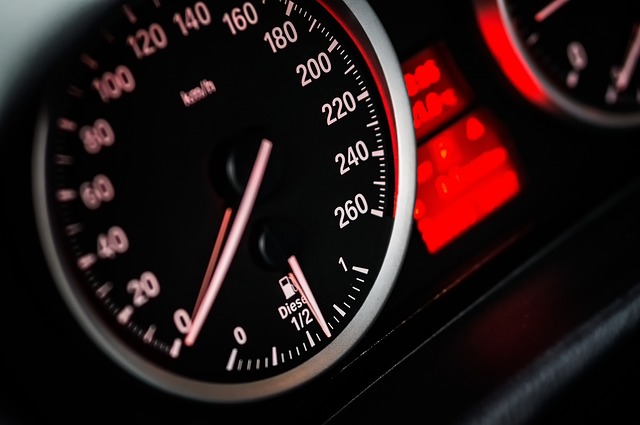Revamp and Protect: Discover the Advantages of Vinyl Vehicle Wrapping
In the world of automotive customization, vinyl wrapping has emerged as a popular choice for vehicle owners looking to enhance their car’s appearance while providing essential protection. This innovative solution offers a range of benefits that go beyond mere aesthetics. In this article, we will explore the numerous benefits of vinyl wrapping and why it might be the perfect option for your vehicle.
What is Vinyl Vehicle Wrapping?
Vinyl vehicle wrapping involves applying a thin layer of vinyl film over the original paint of your vehicle. This not only allows for a complete color change but can also include intricate designs, patterns, or textures that can transform the look of your car without the need for a permanent paint job.
Cost-Effective Customization
One of the most significant advantages of vinyl wrapping is its cost-effectiveness compared to traditional repainting. Here are some reasons why:
- Lower Labor Costs: The process of wrapping a vehicle typically requires less labor than a full repaint, which can save you money on installation.
- Multiple Options: Vinyl wraps come in various colors, finishes, and textures, allowing you to customize your vehicle without spending a fortune.
- Temporary Solution: If you want to change your vehicle’s look frequently, vinyl wraps can be removed and replaced easily, providing a flexible option for customization.
Enhanced Protection for Your Vehicle
Another key reason to consider vinyl wrapping is the protection it offers for your vehicle’s original paintwork:
- UV Protection: Vinyl wraps provide a barrier against harmful UV rays, which can cause paint to fade over time.
- Scratch and Chip Resistance: The vinyl film acts as a protective layer, helping to guard against minor scratches and chips that can occur during daily use.
- Weather Resistance: Vinyl wraps are designed to withstand various weather conditions, ensuring your vehicle remains protected from rain, snow, and extreme temperatures.
Customization at Your Fingertips
Vinyl wrapping opens the door to endless customization possibilities. You can:
- Choose from Various Finishes: Matte, gloss, satin, and textured finishes allow you to create the exact look you desire.
- Create Unique Designs: With digital printing capabilities, you can create custom graphics, logos, or patterns that reflect your personality or business branding.
- Mix and Match: You can combine different colors and finishes for an eye-catching design that stands out on the road.
Easy Maintenance and Longevity
Maintaining a vinyl wrap is generally simpler than caring for a painted surface:
- Simple Cleaning: Most vinyl wraps can be cleaned with soap and water, making maintenance easy and hassle-free.
- Durability: Quality vinyl wraps can last anywhere from 5 to 7 years, depending on the care and environmental exposure, providing long-term value.
- Protective Layer: The wrap helps to keep your original paint in pristine condition, which can be beneficial for resale value.
Environmentally Friendly Option
Lastly, vinyl wrapping can be considered an environmentally friendly option:
- Less Waste: Unlike traditional paint jobs, which can produce significant waste and require multiple layers, vinyl wraps can be applied with less material waste.
- Reduced Chemical Exposure: Vinyl wraps often use fewer harmful chemicals compared to traditional automotive paint, contributing to a safer environment.
Conclusion
In summary, vinyl wrapping offers a cost-effective, customizable, and protective solution for vehicle owners looking to revamp their cars. With benefits ranging from enhanced aesthetics to significant protection of the original paintwork, it’s an appealing option for anyone interested in vehicle customization. Whether you want to make a bold statement or simply protect your investment, the benefits of vinyl wrapping make it a smart choice in today’s automotive landscape.




